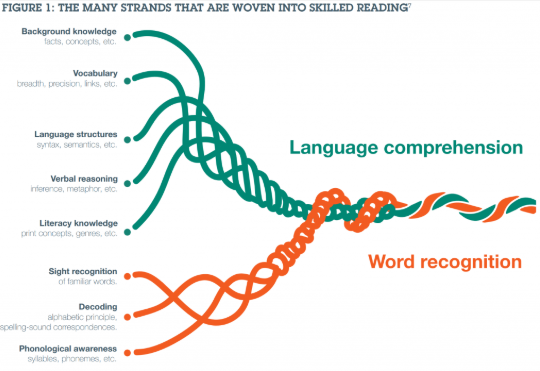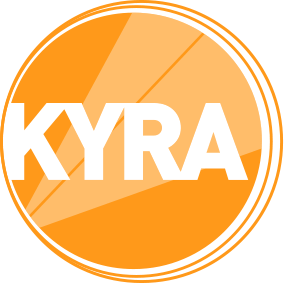How do you teach reading?
If this question was asked of my convent school teacher, Sister Patricia, in 1981, I believe she would have answered something like this: The children each stand beside my desk and they read aloud the words and phrases from the Peter and Jane series. They follow the books in order and do not move on until they can fully read all of the words out loud. This was perfect for me-I didn’t need to read-I could easily use the pictures to help me recall what the child before me had read from the same book (thank goodness my maiden name didn’t begin with A).
Luckily for Sister Patricia, her reading lesson planning was made simple by William Murray, the author and ‘programme writer’ for the Ladybird Series 641. Murray identified the 12 words that accounted for a quarter of the vocabulary used in everyday speaking, reading and writing in the English language, 100 words for half, and 300 words for three-quarters and repeated them over, gradually increasing the number of different words as the booked progressed. It could be said that not all children of my generation got a good deal when learning to read if, in 2011, there were still 5.1 million adults in England who lack basic literacy skills (National Literacy Trust 2011). Provisional data from the DfE this year states that there are still a quarter of pupils in English schools that do not meet national expectations in reading. Whilst reading outcomes could be seen as improving, we know there is still a lot of work to do to close gaps and assure reading fluency for every child.
Teachers in Lincolnshire are recognising that there are some exciting opportunities in developing the teaching of reading and they are asking each other, school leaders and training providers: How do you teach reading? We are interested in all of the different approaches-What works? What doesn’t? What do you do about intervention? Do you teach whole class or small groups?
The EEF Literacy Guidance Reports (2016/2017)

How teachers are structuring reading lessons is currently a hot topic in staffrooms. Many schools have adopted whole school approaches such as novel study, Big Read and Read Write Inc. and are keen to compare notes on their experiences in teaching this subject. Others are juggling carousel approaches and with hearing pupils read individually and expressing concern about quality and assessment. As with almost all pedagogical approaches, there is almost certainly no right or wrong strategy. The skill and art of the teacher is to choose the approaches that best suits the needs of their pupils and the intended learning. In an older but interesting research paper entitled ‘Teaching reading is rocket science’, Louisa Moats (1999) states that:
Teaching reading is a job for an expert. Contrary to the popular theory that learning to read is natural and easy, learning to read is a complex linguistic achievement. For many children, it requires effort and incremental skill development. Moreover, teaching reading requires considerable knowledge and skill, acquired over several years through focused study and supervised practice.
Kyra have designed the ‘Reading Development Program’ to support teachers in unpacking the EEF guidance in a way that will support improvement in the teaching of reading, then develop their awareness of teaching strategies and then explore assessment processes. This program intends to offer a balance of research based practice with ideas for translation into classroom practice and some support in applying and monitoring the impact of this over time.
If you are interested in joining this program you can find out more here Reading Development Programme

